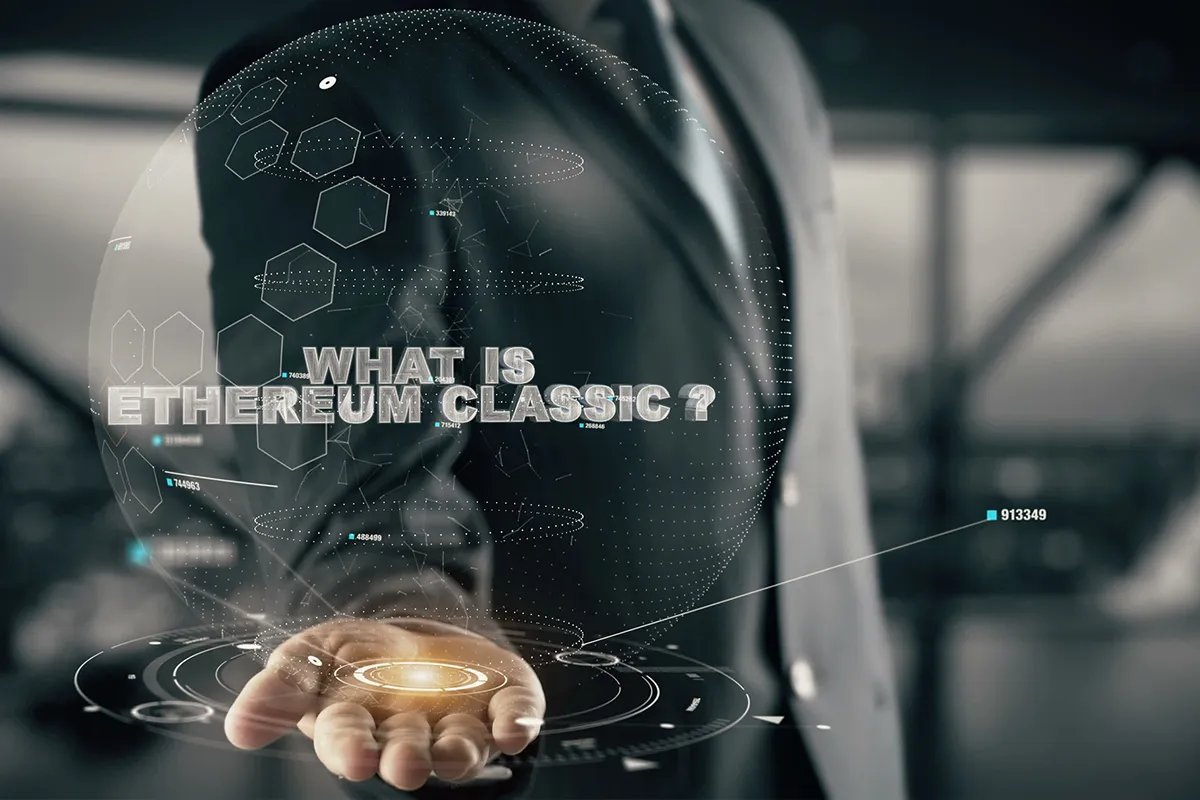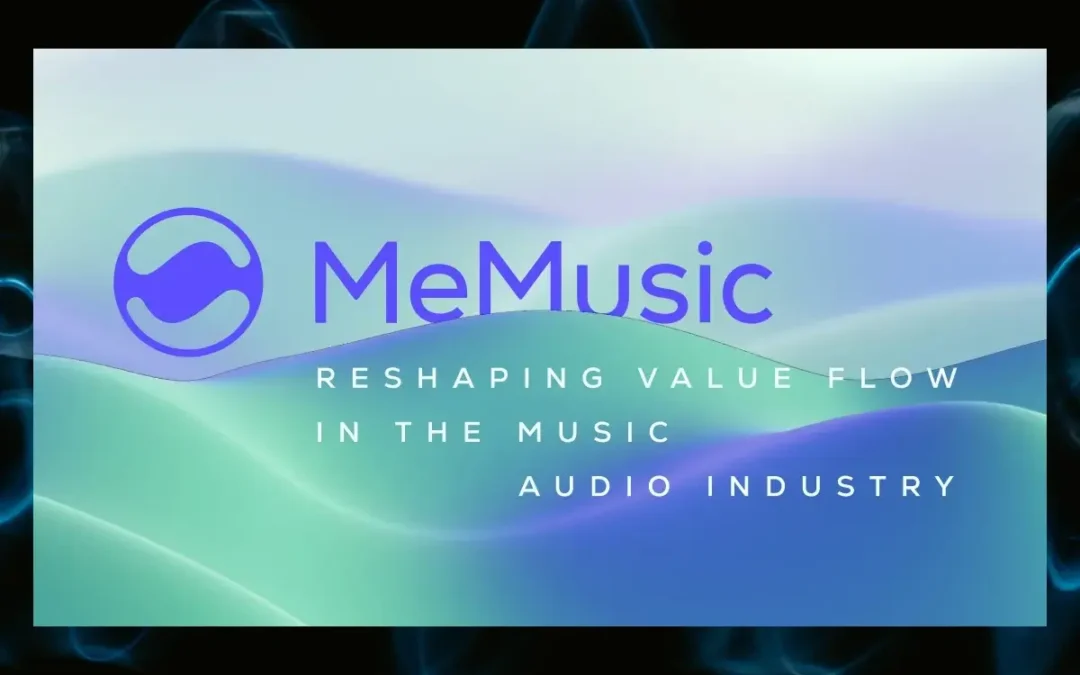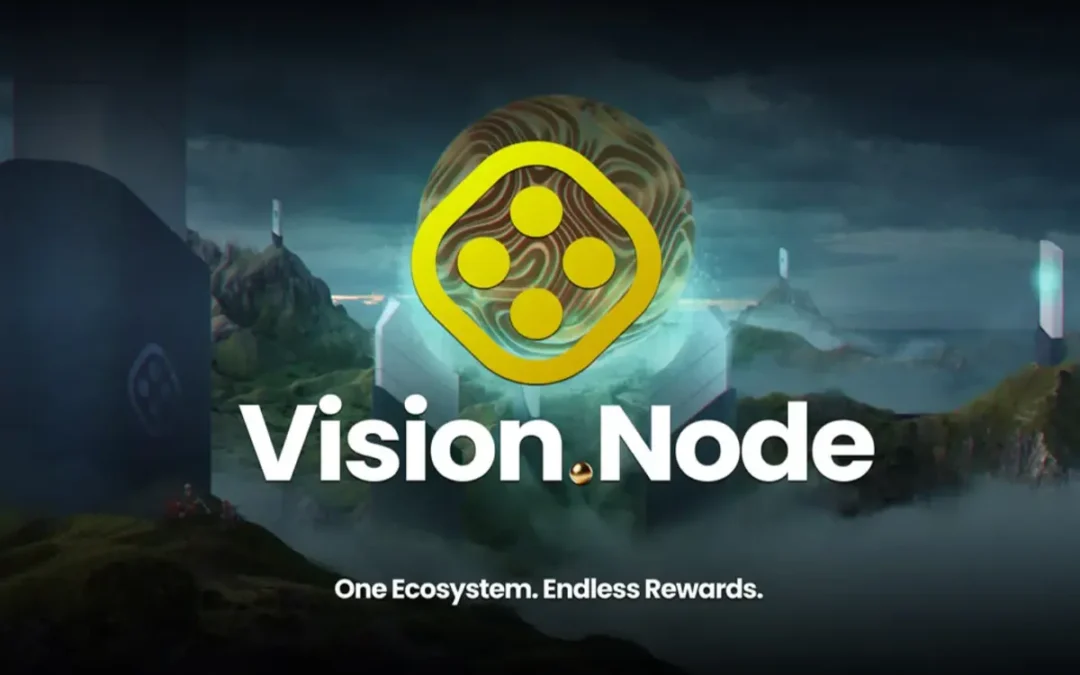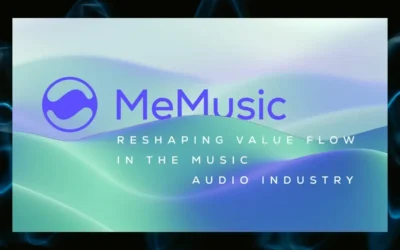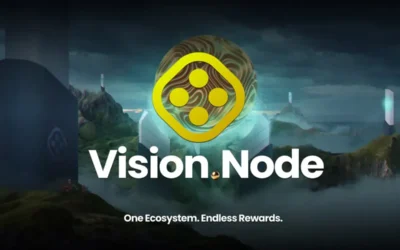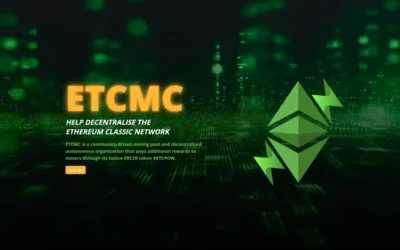Ethereum (ETH) and Ethereum Classic (ETC) are two distinct cryptocurrencies that share a common origin but have since diverged in both technology and ideology. Their split can be traced back to a critical event in Ethereum’s history known as The DAO Hack in 2016. Since then, these two blockchains have developed independently, each representing different approaches to governance, security, and innovation.
In this blog post, we’ll explore the origins of Ethereum and Ethereum Classic, the key differences between them, and what makes each blockchain unique in the world of cryptocurrency.
Ethereum’s Origin: A Common Beginning
Before Ethereum and Ethereum Classic existed as separate entities, there was only Ethereum, a decentralized platform launched in 2015 by Vitalik Buterin and other developers. Ethereum revolutionized the blockchain space by introducing smart contracts—self-executing contracts with the terms of the agreement written directly into code. This capability allowed developers to build decentralized applications (dApps) on the Ethereum network, making Ethereum more than just a cryptocurrency. It became the foundation for decentralized finance (DeFi), non-fungible tokens (NFTs), and many other blockchain-based projects.
The DAO Hack: The Event That Split Ethereum
In 2016, a decentralized autonomous organization (DAO) was created on the Ethereum blockchain to fund and support various projects. The DAO raised around $150 million worth of Ether (ETH) from thousands of investors. However, due to a flaw in the DAO’s code, a hacker exploited the system and drained approximately $50 million worth of Ether from the fund.
The Ethereum community was faced with a difficult decision: should they intervene to recover the stolen funds, or should they allow the blockchain to remain immutable, honoring the core principle that “code is law”? After much debate, the community split into two camps:
- Ethereum (ETH): The majority of the community chose to implement a hard fork, which rewound the blockchain to a point before the hack, allowing them to recover the stolen funds. This new version of the blockchain became known as Ethereum (ETH).
- Ethereum Classic (ETC): A smaller group of purists opposed the hard fork, arguing that blockchains should be immutable and that the consequences of the hack should stand. This group continued to use the original Ethereum blockchain, which came to be known as Ethereum Classic (ETC).

Key Differences Between Ethereum and Ethereum Classic
While Ethereum and Ethereum Classic share the same origin and much of the same codebase, they have since diverged in several important ways, including governance, security, and technological innovation.
1. Philosophy and Governance
Ethereum (ETH):
- Governance: Ethereum’s developers and community prioritize adaptability and innovation. They believe in making changes when necessary to improve the network, even if it means modifying the blockchain’s history, as they did with the DAO hard fork. This has allowed Ethereum to evolve rapidly and adopt new features that support its growing ecosystem of dApps, NFTs, and DeFi platforms.
- Philosophy: Ethereum’s philosophy is one of flexibility and innovation. The community embraces the idea that blockchain technology must evolve over time to meet new challenges and opportunities. As such, Ethereum’s governance structure is more centralized, with core developers and the Ethereum Foundation playing a major role in decision-making.
Ethereum Classic (ETC):
- Governance: Ethereum Classic takes a more conservative approach to governance. Its community values decentralization, immutability, and resistance to change. The idea that “code is law” is central to Ethereum Classic’s philosophy, and the community believes that transactions on the blockchain should remain irreversible, even if mistakes or hacks occur.
- Philosophy: Ethereum Classic’s guiding principle is immutability. The belief is that blockchain technology should be decentralized and resistant to human intervention, even in the face of significant challenges like the DAO hack. This decentralized governance model means that changes to Ethereum Classic happen more slowly and conservatively.
2. Security and Network Integrity
Ethereum (ETH):
- Security: Ethereum has been proactive in addressing security concerns by implementing network upgrades and innovations to improve its resilience. One of the most significant steps is Ethereum’s transition from Proof of Work (PoW) to Proof of Stake (PoS) with Ethereum 2.0, a move designed to enhance security, reduce energy consumption, and increase scalability.
- Network Upgrades: Ethereum regularly undergoes updates, including hard forks and protocol improvements. These upgrades are designed to enhance security, scalability, and functionality. Ethereum’s shift to PoS under Ethereum 2.0 is a major upgrade that significantly changes how the network secures transactions and maintains integrity.
Ethereum Classic (ETC):
- Security: Ethereum Classic has experienced significant security challenges over the years, including multiple 51% attacks, where malicious actors briefly took control of the network and double-spent transactions. These attacks highlighted some vulnerabilities in the network’s security, particularly its lower hashrate (computational power used to secure the network) compared to Ethereum.
- Immutability Over Security: While Ethereum Classic values the principle of immutability, this stance has made it less adaptable to changes that could enhance its security. However, the ETC community has implemented security upgrades, including ECIP-1099 to adjust mining algorithms and prevent further attacks.
3. Consensus Mechanism
Ethereum (ETH):
- Proof of Stake (PoS): Ethereum is in the process of transitioning from Proof of Work (PoW) to Proof of Stake (PoS) through the Ethereum 2.0 upgrade. This transition will significantly reduce the network’s energy consumption, as PoS requires validators to “stake” their Ether (ETH) rather than using energy-intensive computational power to mine blocks. PoS also enhances the scalability and security of the network, making it more suitable for widespread adoption.
Ethereum Classic (ETC):
- Proof of Work (PoW): Ethereum Classic continues to use the original Proof of Work consensus mechanism, which relies on miners to secure the network by solving cryptographic puzzles. While PoW has been the backbone of many blockchains, including Bitcoin, it is energy-intensive and less scalable than PoS. Ethereum Classic has chosen to maintain PoW for philosophical reasons, adhering to its original design and prioritizing decentralization.
4. Development and Innovation
Ethereum (ETH):
- Rapid Innovation: Ethereum’s commitment to innovation has resulted in a vibrant ecosystem of dApps, DeFi platforms, NFTs, and other blockchain-based projects. Ethereum is the foundation for many of the most popular decentralized applications in the world, and its move to PoS is expected to unlock further growth by making the network more scalable and efficient.
- Smart Contract Platform: Ethereum remains the dominant platform for smart contracts, allowing developers to build and deploy decentralized applications (dApps) across a wide range of industries. The vast developer community around Ethereum constantly drives forward technological improvements and new use cases.
Ethereum Classic (ETC):
- Slower Innovation: Ethereum Classic has been slower to adopt new technologies due to its conservative approach and commitment to immutability. While ETC does support smart contracts and dApps, its ecosystem is smaller and less active compared to Ethereum’s. Ethereum Classic has not seen the same level of adoption in the DeFi or NFT sectors.
- Focused on Stability: While Ethereum Classic may not be as innovative as Ethereum, it appeals to users and developers who prioritize stability, decentralization, and a more traditional approach to blockchain technology.
5. Ecosystem and Adoption
Ethereum (ETH):
- Ecosystem: Ethereum has the largest and most active ecosystem of developers, projects, and users. It powers some of the most well-known decentralized applications, including Uniswap (a decentralized exchange), Aave (a DeFi lending platform), and OpenSea (an NFT marketplace). Ethereum’s vast network effects make it the go-to platform for most blockchain developers and projects.
- Adoption: Ethereum is the second-largest cryptocurrency by market capitalization (behind Bitcoin) and is widely recognized as the backbone of decentralized finance (DeFi) and NFTs. Its wide range of applications and constant development keep it at the forefront of the blockchain space.
Ethereum Classic (ETC):
- Ecosystem: Ethereum Classic’s ecosystem is much smaller and more niche. While ETC supports smart contracts and dApps, it hasn’t seen the same widespread adoption as Ethereum. However, it does have a dedicated community that values decentralization and immutability.
- Adoption: Ethereum Classic has a smaller market capitalization and user base compared to Ethereum. It appeals to users who prioritize decentralization and are wary of Ethereum’s more centralized governance and frequent changes.
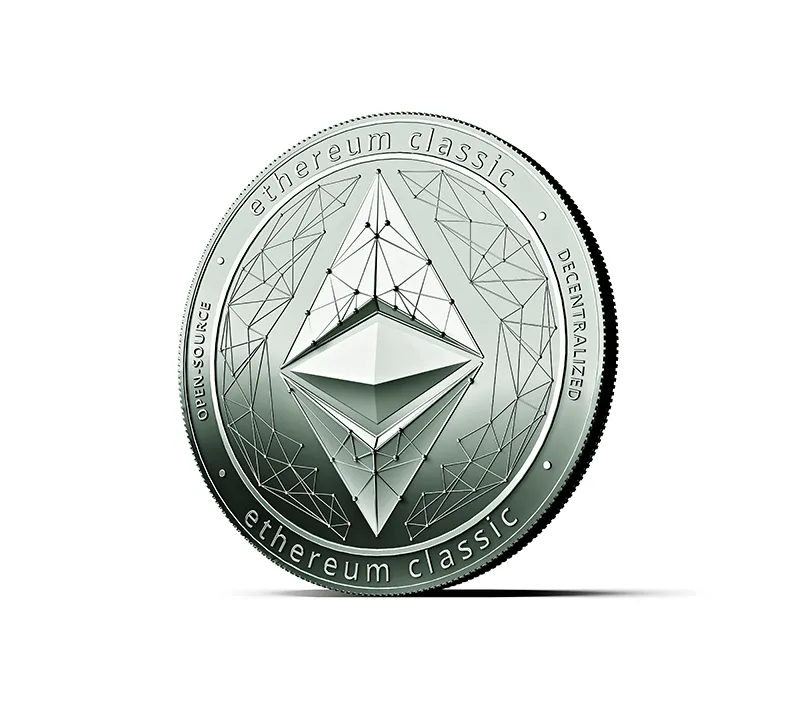
Conclusion: Which One Is Right for You?
The choice between Ethereum (ETH) and Ethereum Classic (ETC) ultimately comes down to your philosophy, goals, and priorities as a cryptocurrency user or developer.
- If you value innovation, scalability, and a dynamic ecosystem, Ethereum (ETH) may be the better choice. Its transition to Proof of Stake and its vast ecosystem of dApps, DeFi platforms, and NFTs make it the go-to blockchain for developers and users seeking cutting-edge technology and widespread adoption.
- If you prioritize decentralization, immutability, and a commitment to blockchain’s original principles, Ethereum Classic (ETC) could be more aligned with your beliefs. While it may not offer the same level of innovation or adoption as Ethereum, Ethereum Classic adheres to the idea that “code is law” and remains dedicated to the foundational values of blockchain technology.
A Personal Message from the team
We have followed the evolution of Ethereum and Ethereum Classic since the early days of the DAO hack. We understand that the decision between these two platforms isn’t just about technology—it’s about philosophy, values, and what you believe blockchain should stand for.
For us, Ethereum represents the potential for rapid innovation and the future of decentralized applications. It’s exciting to see Ethereum constantly evolve, taking on new challenges and growing as a platform for DeFi, NFTs, and beyond.
At the same time, we respect and are part of the Ethereum Classic community, who hold firmly to the principles of decentralization and immutability. It’s a reminder that blockchain is more than just a technology—it’s a belief in a more transparent and decentralized world.
Whatever your choice may be, remember that both Ethereum and Ethereum Classic offer unique opportunities in the blockchain space. Whether you’re building the next big dApp or simply exploring crypto, both platforms have something to offer. Stay curious, stay open to learning, and enjoy the journey—because both Ethereum and Ethereum Classic are shaping the future of decentralized technology.
Ty,
Team #CodeIsLaw


